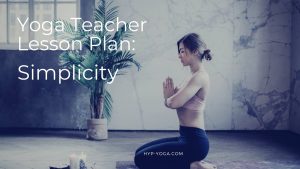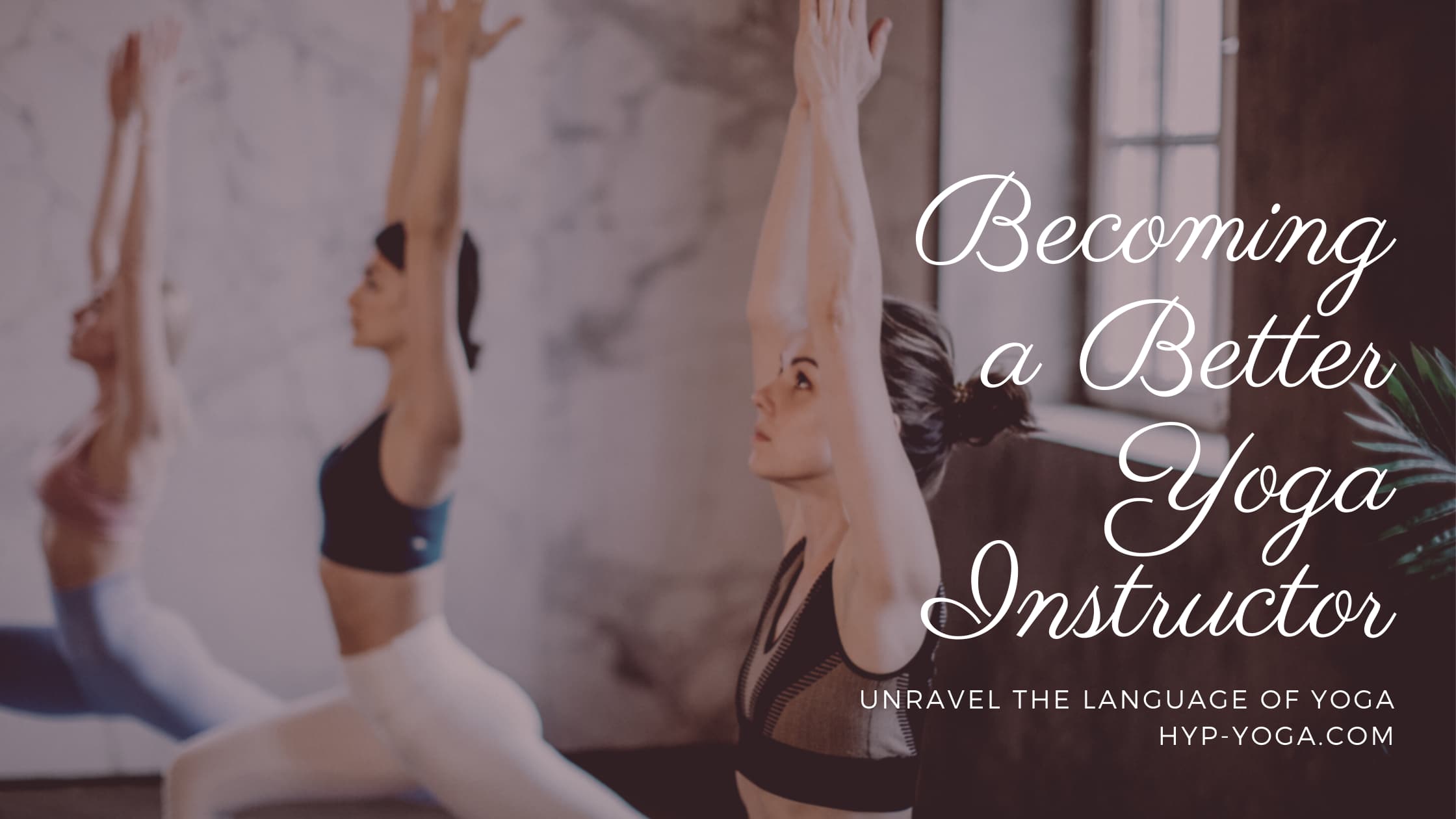Becoming a Better Yoga Instructor
First impressions are very important in bringing in students to your class and then in making your students feel comfortable with you as they start their yoga journey. The real work of opening and changing can only be done in an environment that is safe and with an instructor that is effective and approachable. That is the whole journey of becoming a better yoga instructor.
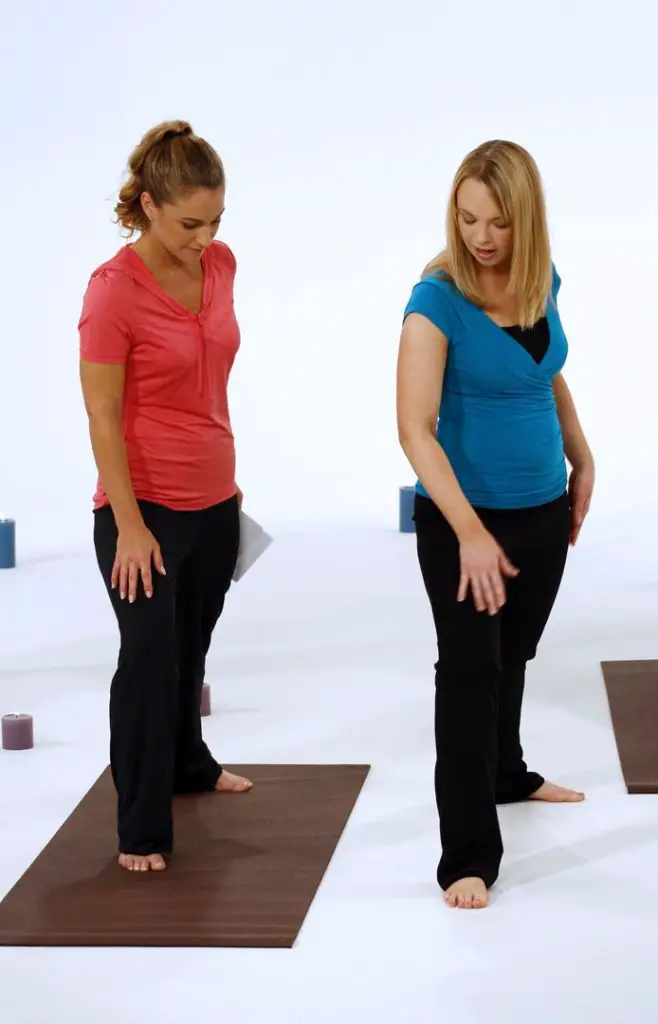
Rapport
Even before speaking to your students, you have the opportunity to make them feel safe around you. By establishing rapport or a trusting, sympathetic relationship, you are ensuring that your student will be able to deal with everything she needs to in order to change her behaviors and her life.
Rapport may take a while to develop between you and your students, but the essence of rapport can be felt right away by taking a few steps to assure your students initially that you are like them and that you actually LIKE them!
Find a rhythm with your students. Mirroring with out mimicking their movements and speaking pace to get on the same page as them. Creating a comfortable, open situation will help them to access their change states much quicker. You are a welcoming and approachable teacher, there to help them learn and grow.
Different Learning Types
Knowing how to “speak” to your students is also very important in yoga since we are working with both movement and stress relief. It is important to know that there are three different learning types and most people will have a dominant preference. You will not know, at least not initially, the learning types of all of your students, so being able to cater to all needs is a needed skill.
Audio – Thinking in Words
Visual – Thinking in Pictures
Kinesthetic – Thinking in Feeling/Doing
Let’s Practice! Integrating Learning Styles
For the following poses and goals, please create cues that would “speak” to each style of learner.
***Downward Facing Dog***
Queuing a Yoga Pose for a Visual Learner
Queuing a Yoga Pose for a Audio Learner
Queuing a Yoga Pose for a Kinesthetic Learner
***Tree***
Queuing a Yoga Pose for a Visual Learner
Queuing a Yoga Pose for a Audio Learner
Queuing a Yoga Pose for a Kinesthetic Learner
Leading a Yoga Class
Included in this section is everything you need to effectively lead a Yoga Class. The structure provided can be used flexibly for any yoga classes.
Sample Yoga Class Structure
- Introduction and Yoga Explanation 5 min
- Breathwork 5 min
- Warm-up poses Sitting 3 min
- Warm-up poses Standing 3 min
- Sun Salutations 7 min
- Balance Postures 5 min
- Warrior Poses/Strength Poses 5 min
- Floor Poses 5 min
- Core Work 5 min
- Corpse Pose into Full Body Relaxation 5 min
- Guided Meditations 9 min
- Awakening 1 min
- Finish and answer questions 5 min
Class Set-up
Your students success will depend on their first impression from you and your class environment. It is in your best interest to create the most comfortable and relaxing setting while maintaining your professionalism.
The room you use should be big enough to fit yoga mats spaced comfortably apart for each of your participants. Lights should be low, but students should still be able to see and move comfortably. When you go into the deeper guided meditation sessions at the end of class you can turn the lights even further down. (Make sure you have a light to read by! – A flashlight is a nice tool to have.)
The room temperature should be between 68 and 75 degrees. Candles are a good addition to the class and really create a sense of warmth in the room. The room should be made as soft as possible. Try to stay away from loud colors and municipal settings.
Music is a needed addition to your class. You will need to use royalty free music that is especially for yoga classes to stay legal. You can find appropriate music online on many websites. At the end of the class you will want to ensure your music is restful and free of distracting words to promote deep meditation.
Your clients should have yoga mats for best results. Some instructors may want to provide these for their class. Other yoga props can be used if the instructor is trained in using the props. You could have eye pillows or knee pillows available to your participants as well.
The Instructor
Your appearance should add to the participants experience, but not distract from it. Instructors should be dressed in modest, clean, professional yoga clothes. Also, be careful of how you smell and what you have recently eaten.
Instructors should work on using a very calm and soothing voice. You should be assertive, slow and soothing. Making sure to portray confidence to your class. Even if this is your first class, you need to act as if it were your 100th. Channel a calm authority.
Focus on giving your clients a relaxing, restorative yoga class that does not exhaust your students, but leaves them invigorated. However, challenge is always good!
Here are Our Latest Tools and Class Lesson Plans for Yoga Instructors

What are the Four Paths of Yoga?

Becoming a Better Yoga Instructor
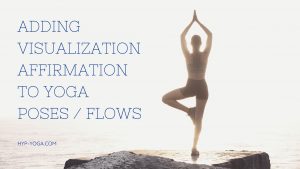
Visualization with Yoga Postures

Lesson Plan on Sattvic Energy

Yoga Pose Chart: A Visual Guide Including Sun Salutations
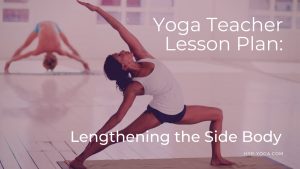
Yoga Teacher Plan for Class Lengthening the Side Body
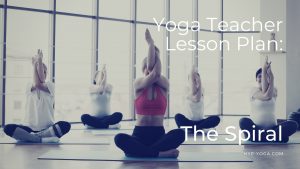
Yoga Exercise Plan – The Spiral
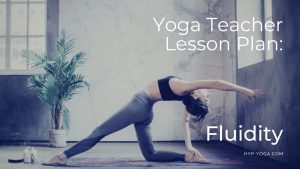
Yoga Session Plan for “Fluidity”

Hatha Yoga Class Plan – Sun Moon Flow
